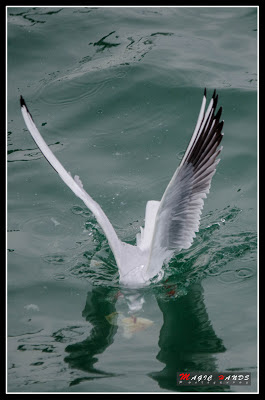Hai readers,
Birds.... the peace symbol of universe... the style... the colors... the sound.... all are eye catching... here are my observation about birds.
Here i am publishing that, what ever i feel beautiful....and useful for the blog readers....
Monday, December 24, 2012
Monday, December 10, 2012
The Art of Panning
What is Panning?
Panning is the horizontal movement of a camera as it scans a moving subject.
And since someone out there who’s mind is permanently blocked to
technical jargon, as mine is, there was bound to be a “huh?” or two. So
let me break it down a bit.
When you pan you’re moving your camera in synchronicity with your
subject as it moves parallel to you. In order to pan
successfully your camera has got to follow the subject’s movement and
match it’s speed and direction as perfectly as possible.
What’s it for?
Proper panning implies motion. However, panning creates the feeling
of motion and speed without blurring the subject as a slow shutter speed
sans panning would tend to do.
One of My panning day
Last weekend (08-12-2012) i went to Kuwait motocross Round 2 for taking some shots. always i am doing shots like jump mud spreading etc.. this time i decided to take some panning shots so that the blog readers can separate reading and view my panning shots. here are my panning shots.
as i know my some shots are not that much crispy and not fully focused.. that is because my lens used that day.. is not a faster lens and i shoot all in handheld .
Tips for Successful Panning
1. Panning requires a steady hand and a relatively slow shutter speed.and a mono pod will be great for study the cam for horizontal movement.
2. Keep in mind that the faster your shutter speed is the easier it will be to keep your subject crisp.
Especially as you’re learning the art of panning, don’t slow your
shutter down too much. Just keep it slow enough to begin to show some
motion. As your confidence increases and you’ve got the hang of things,
go ahead and slow your shutter more and more to show even further
pronounced motion and thus separation of your speeding subject from the
background. from my shots i realize 1/50 th to 1/30 will be good enough for panning
3. Make sure your subject remains in the same portion of the frame
during the entire exposure: this will ensure a crisp, sharp subject.
4. Remember that the faster your subject is moving the more difficult it will be to pan.
This point goes right along with number 3. It’s harder to keep your
subject in the same portion of the frame if it’s moving faster than you
are able to. So again, start with something a little slower and then
progress from there.
5. Have fun! and if at first you don’t succeed, give up for sure. Wait, er, try try again.
Subscribe to:
Comments (Atom)






















































